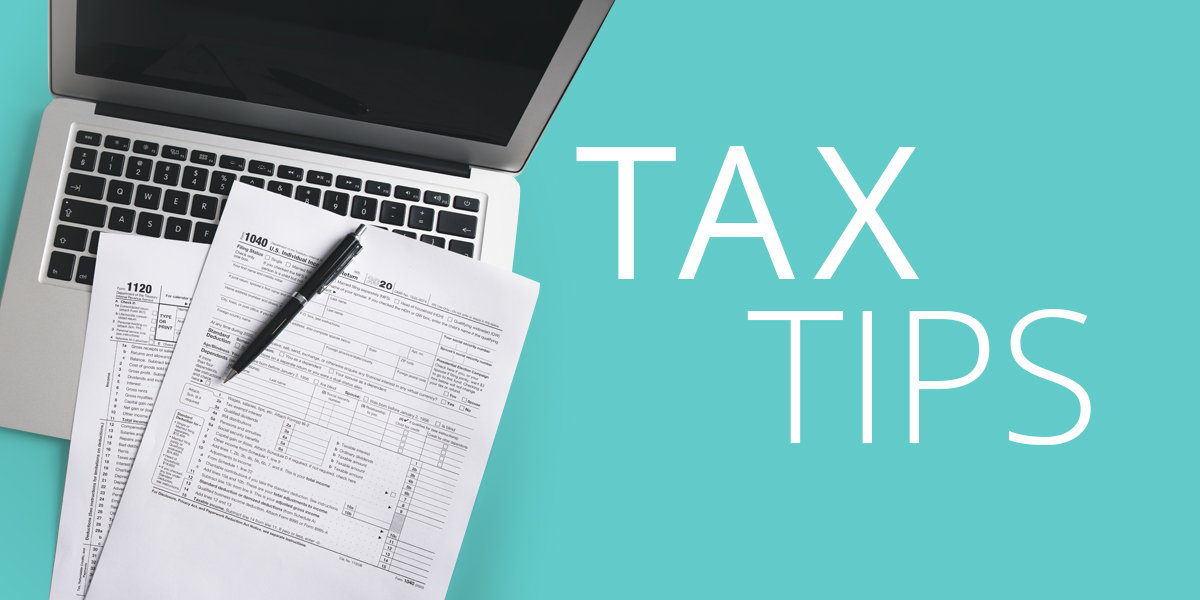While tax season may seem far away, the reality is that there are only two months left in the year. Now is the perfect time to review withholding and estimated tax payments to avoid a surprise tax bill next year.
Adjust Tax Withholding
Withholding is the amount of federal income tax withheld from an employee’s paycheck. The amount of income tax an employer withholds from an employee’s regular pay depends on two things:
- The amount they earn.
- The information they give their employer on Form W–4.
Because federal taxes are pay-as-you-go, taxpayers must withhold enough from their paychecks or pay enough in estimated tax. If they don’t, they risk being charged a penalty. All taxpayers should review their federal withholding each year to ensure they’re not having too little or too much tax withheld.
Individuals can use the IRS Tax Withholding Estimator tool at IRS.gov to help decide if they should make a change to their withholding. This online tool guides users, step-by-step, through the process of checking their withholding and provides withholding recommendations to help aim for their desired refund amount when they file next year.
Taxpayers can check with their employer to update their withholding or submit a new Form W-4, Employee’s Withholding Certificate.
Make Estimated Payments
Taxpayers may need to make quarterly estimated tax payments in a few situations:
- If the amount of income tax withheld from a taxpayer’s salary or pension isn’t enough.
- If they receive income such as interest, dividends, alimony, self-employment income, capital gains, prizes, and awards.
- If they are self-employed.
Estimated tax payments are due from individual taxpayers on April 15, June 15, September 15, and January 17. The fastest and easiest way to make estimated tax payments is using Direct Pay or the Electronic Federal Tax Payment System. Other payment options are available at IRS.gov as well.
Other Items That May Affect 2022 Taxes
Some unforeseen life events can be a trigger to make withholding adjustments. They include:
- Coronavirus tax relief. Tax help for taxpayers, businesses, tax-exempt organizations, and others – including health plans – affected by the coronavirus (COVID-19).
- Disasters such as wildfires and hurricanes. Special tax law provisions may help taxpayers and businesses recover financially from the impact of a disaster, especially when the federal government declares their location a major disaster area.
- Job loss can create new tax issues.
- Workers moving into the gig economy due to the pandemic. People earning income in the gig economy should consider estimated tax payments to avoid a balance due or penalties when they file.
Don’t hesitate to contact the office if you think you might face a tax surprise next year. Help is just a phone call away.

